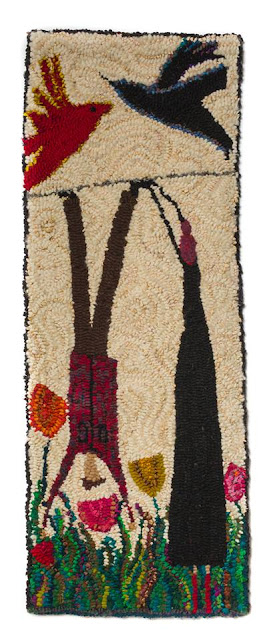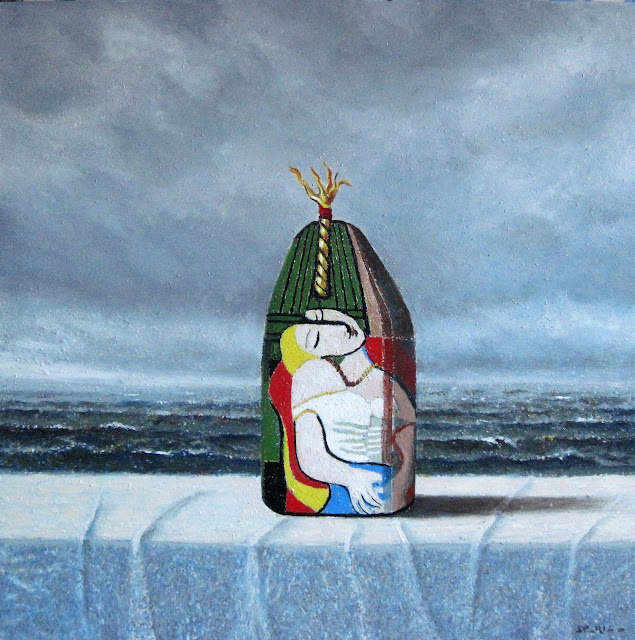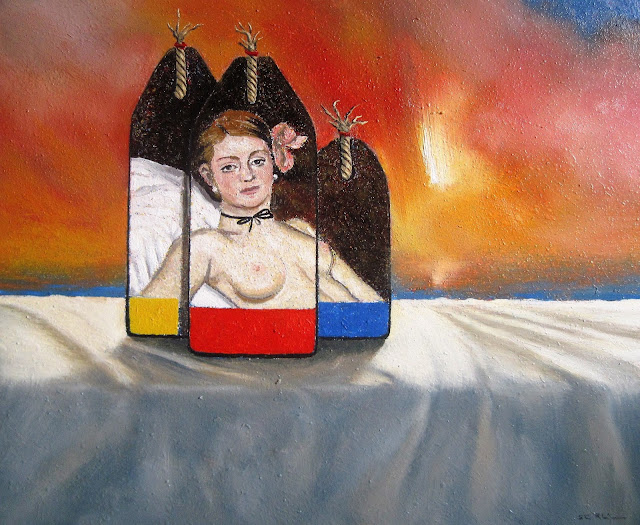Valuing Maud beyond Maudie

Maud, You're Richer Than You Think, graphite on paper, 16" x 20", Steven Rhude If the movie Maudie provoked one understanding in Nova Scotians - in particular - it was the Hollywood shadow effect over the deeper quality of her art and life, in favour of another type of value - one popularised by profit and capital as the common denominator for her success. Any artist that has endeavoured to survive this far in an effort to peddle their wares knows what they are entwined in, and how ethically challenged the commercial market is. The Maud story is common to the reality of today's art world, and provides a lens into one of exploitation, distortion, and greed. This seems to generally disconcert some people that align themselves with the latter concept of industry and profit aimed at defining her legacy through auction results and merchandise, rather than her poverty, regionalism, vision, and artistic practice - something that would defy today's understanding o




















